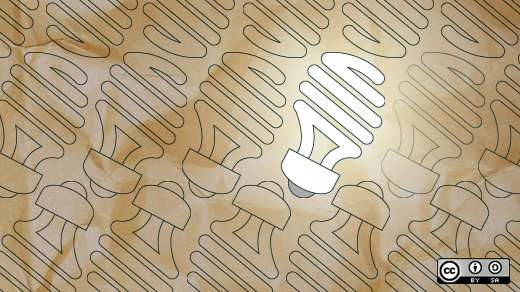The maker movement is a trend in which individuals or groups of individuals create and market products that are recreated and assembled using unused, discarded or broken electronic, plastic, silicon or virtually any raw material and/or product from a computer-related device.
That up there is the definition of the maker movement/culture as laid out by techopedia. I read it, reloaded the page and read it again, trying to pick out what the words really spoke to. Even with my engineering background, I’ve always found the maker movement to be a rather vague concept; a sort of 18th century romanticismmeets 21st century technologistideology. Going by the technopedia definition above, it’s easy to envision what a maker movement might look like, especially if you live in a country like Kenya where the informal sector accounts for a large proportion of its economic activity. If you actually do live in Kenya, then it’s easy enough to draw a similarity between the maker movement and Jua Kali. Arguably, a difference in sentiment exists (and raw materials); the maker culture is typically regarded in the slightly utopic light of “self-actualization” with anyone made able to do anything, whereas Jua Kali is regarded to be strenuously back-breaking and grim work. But that’s all an aside, perhaps a primer to another blogpost, let’s get back to the maker culture.
Terms like improved autonomy, democratized production and community resilience are only buta fewof the words you’ll find used in the same sentence as “maker“. After reading through article upon article on this maker culture, you’d in all likeliness feel that the maker is the underdog superhero of our time, just as Galileo and his polymath ilk were regarded in theirs. Then hints of its magic hits you, because never has the power of doing been so celebrated, stories of trillion dollar blue chip companies born out of stuffy dorm rooms and moulding garages tickle you with the idea that maybe this is it; maybe the maker culture can manufacture the Homebrew Club Membersof our generation, the Jobs, Wozniaks, Dells and Zuckerbergs of tomorrow who’d change the world with some tech wizardry.But let’s pause for a second and talk about why this perception does more harm than actual good and where a lot of the maker movement message gets lost in translation.
The first misconception when it comes to understanding the maker movement occurs when people mistake it for being something new when it really isn’t. In a sense, the maker culture is actually a sub-culture that developed from the “Do-It-Yourself” mentality. Given that and taking a step further aback, DIY is a sort of grand-daddy to not just the maker culture, but a lot of other sub-cultures that spawned from its ethos of doing for oneself, the homebrew computer club (US) of the late 70’s as well. Why do we need to know that the maker culture is nothing new? Because then it doesn’t seem like an airlift of revolutionary and technological agency that’ll democratize the power of commodities for all. It’s only a new name for something that already existed, the context might have changed, but the change agent hasn’t which is improved economic access that develops consumer confidence.
I’m going to segway back into the failures of the hero-worship perception complexthat I touched on in the former paragraph. Earlier this month, Eugene Mutai penned “The Age of Tools, Not Superheroes” which you can find here. The title though is what piqued my interest, and I feel it’s something that doesn’t get enough airtime around these startup innovation-y parts. The basic tenet of his argument was that entrepreneurs and innovators have developed an overzealous focus on being the man of the machine as it were, as opposed to the man in the machine. By being of the machine, a “punctuational” quality of standing apart is conferred, with a man in the machine being “conjunctive” by nature. In a certain light, to be an entrepreneur has become synonymous with being a self-sufficient pioneer, a superhero in some ways. With it comes undue pressure to be a kind of interdisciplinary guru in the understanding that that is what it takes, becoming an island onto your own. The facts on the ground speak to something completely different where, as an entrepreneur, you have to develop an appreciation of interdisciplinary approaches, one that calls for a team rather than a guru. Why I brought this up is because, the maker movement has for a long time now been a considered a birthing ground for innovative entrepreneurs. An ill of having all that creative confidence instilled through the accessibility of tools and resources to do amazing things is that, while designed to be holistic, it can easily create a superhero bubble that distorts an otherwise sound method to create “disruptive” madness.
At this point, I’ll have to try and retreat out of this rabbit hole and save you the paragraph dredging that I’ve piled on. In next month’s iQuarterly release, a newsletter published from us at iHub Research, I ride through on this train of thought into something more in depth than a blogpost can allow. Grab a web copy in the second week of November for more on these ruminations.
Read on at Musings of a Maker Part II


